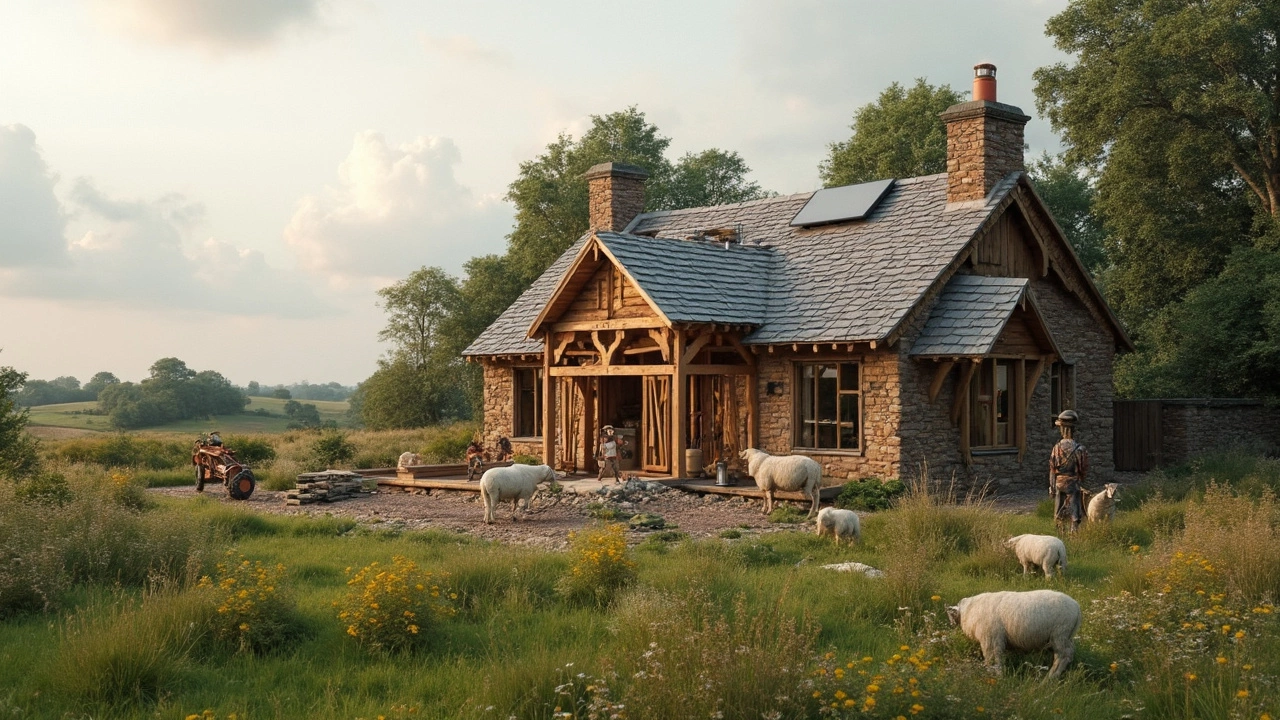Green Construction: Simple Ways to Build Sustainable Homes
If you’re thinking about a new cottage, a renovation, or even just picking a holiday lodge, chances are you’ve heard the term “green construction.” It’s not a buzzword—it’s a real approach that saves money, reduces waste, and makes life healthier. Below, we break down why it counts and give you straight‑forward actions you can take right now.
Why Green Construction Matters
First off, green construction cuts energy bills. Insulated walls, triple‑glazed windows, and airtight sealing can shave 20‑30% off heating costs in a Lancashire lodge. That means a cozier stay and less money spent on fuel.
Second, it protects the planet. Using responsibly sourced timber, recycled steel, or low‑impact concrete keeps carbon emissions down. In areas like the Forest of Bowland, preserving local ecosystems is a community priority, and green building helps meet that goal.
Third, it boosts property value. Buyers are willing to pay more for homes that need fewer upgrades and have a smaller carbon footprint. A green cabin near the coast can command a higher rental rate on platforms that highlight eco‑friendly stays.
Practical Tips for Eco‑Friendly Building
Start with the basics: choose a site that needs minimal clearing. Building on existing foundations or repurposing an old barn reduces waste and respects the surrounding landscape.
Pick sustainable materials. Look for FSC‑certified timber, reclaimed bricks, or hempcrete. These options often have lower embodied energy than conventional concrete and can be sourced from local suppliers to cut transport emissions.
Focus on insulation. Cellulose, sheep’s wool, or recycled denim batts fill walls and lofts without sacrificing breathability. Good insulation means the heating system runs less, which directly saves on energy bills.
Consider renewable energy from day one. Install solar panels or a small wind turbine if the site gets enough exposure. Even a modest roof‑top system can cover lighting and small appliances in a holiday cottage.
Don’t forget water. Low‑flow taps, dual‑flush toilets, and rainwater harvesting tanks reduce the demand on municipal supply and can be used for garden irrigation—a handy feature for countryside retreats.
Finally, think about the long term. Design flexible spaces that can adapt as needs change, and choose finishes that are durable and easy to maintain. A well‑planned green building stays functional for decades, limiting the need for costly renovations.
Putting these ideas into practice doesn’t require a massive budget. Start small—maybe replace old windows with energy‑efficient ones, or add insulation to the loft. Each step adds up, making your lodge or home greener, cheaper to run, and more enjoyable to stay in.

Sustainable Building: The Best Eco-Friendly Ways to Build Cottages
Wondering how to build a cottage without wrecking the planet? This article explores the most sustainable ways to create cozy, low-impact homes. It unpacks smart material choices, design ideas that save energy, and practical tips for a smaller footprint. Expect real-life examples and clear pros and cons. Get ready to learn how your dream cottage can look great and help the environment.
Continue Reading